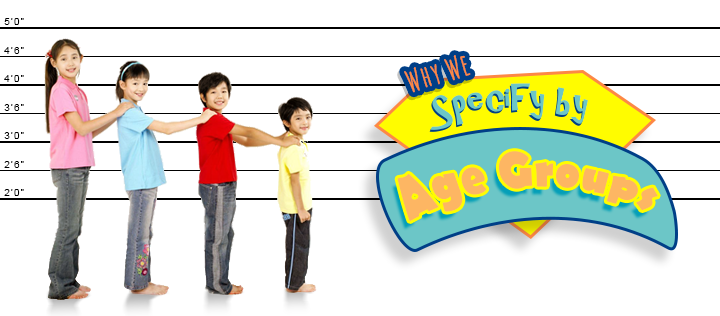Why We Design Playgrounds for Specific Age Groups

There is more than meets the eye when it comes to the design of commercial playground equipment and parks. Every playground must offer engaging activities and fun for children of all ages, and stimulate imagination while motivating kids to attempt physical and cognitive challenges through play.
Creating a perfect park or playground involves strategic planning and unique considerations to be successful. At All People Can Play we believe a playground design to be successful if it offers three important components:
- Quality safe and durable equipment.
- Age appropriate physical, group, and independent play activities.
- Inclusive play for children of all abilities and access for children with disabilities.
We frequently get asked about our age recommendations on certain commercial playground equipment. How do we decide which play structures are suitable for toddlers, for children aged 2-5 years, or best suited for older children, aged 5-12 years? Some structures are designed for inclusive play for both of the latter age groups (2-12 years) depending on the components, activities, fall height, and a number of other key factors.
The U.S. Consumer Product Safety Commission “A Handbook for Public Playground Safety, (CPSC, 2010)” and the ASTM “Standard Consumer Safety Performance Specifications for Playground Equipment for Public Use “ directs playground manufacturers to follow safety guidelines by dividing children into three age groups: a) 0-23 months b) 2-5 years and c) 5-12 years. For a look at the 0 to 23 month old age group, check out our previous blog on toddler playground equipment.
Play Structures for Ages 2 to 5
Many of the activities that are suitable for older children (aged 5-12 years) are very appealing to younger children. Unfortunately the physical demands of those activities are rarely a safe or reasonable match for the skills that many children within the 2-5 year age range possess. We must challenge children to reach just beyond their limitations, and so these structures are designed with an acceptable amount of risk to promote safe child development.
Commercial playground equipment designed for children aged 2-5 years include smaller steps and scaled down crawl spaces, lower platforms with alternative access like climbers and ladders with railing. Slide heights are typically no more than 4’ for kids 2-5 years, and independent play items appropriate for this age range include spring riders, trike-paths, musical instruments, and sand/water play elements.
Play Structures for Ages 5 to 12
At the age of 5-12 years, cognitive and physical abilities have improved to where more challenging playground elements can be added to entertain children. Playground designs can include chain or rope climbers, angular climbing, horizontal bars, more complex and faster moving slides (with increased fall heights), and sporting equipment for team play, such as: soccer, football, or baseball.
Independent play activities for children aged 5-12 years can include problem solving activity panels, outdoor learning activity panels to supplement classroom education, imaginative play puppet or store front components, freestanding climbing or fitness equipment, and other more advanced activities.
One Structure for Both Age Groups (2-12 Play Structures)
In a playground design that includes only one structure, a more broad age range of appropriate activities are required to engage children from age 2-12 years. These structures typically feature a large upper deck that is accessible by challenging climbing options or easy to use ramps or stairs. Fall height on lower decks is generally 4’ or less, and a variety of safe sliding options are included which are appropriate for all age groups, but targeted to the 2-5 age group.
These types of structures are often utilized by schools, multi-family housing, and municipalities because they can accommodate all ages in one structure. The one structure solution is also conducive to organizations that have limited space requirements.
Two Structures for Safest & Simplest Solution
Wherever possible, we recommend the use of two separate structures to accommodate each age group individually. It is the simplest solution and generally safer for them while simultaneously being less of a burden for the parents/teachers/guardians providing supervision over the children.
Separate structures are better able to direct children to the activities that are most appropriate for them, and since 2 to 5 year-olds play at a different speed than 5 to 12 year-olds, younger kids won’t accidentally be knocked down, tripped, or trampled by the older kids. All People Can Play provides safety signs for each commercial play structure we sell that designate which age group the playground has been designed to accommodate.
Not sure which commercial playground structure or age group you should design for your park? Contact one of our play experts at 1 (888) 404-4416. Our team can help you select the right structure and independent play components for your community or organization.


